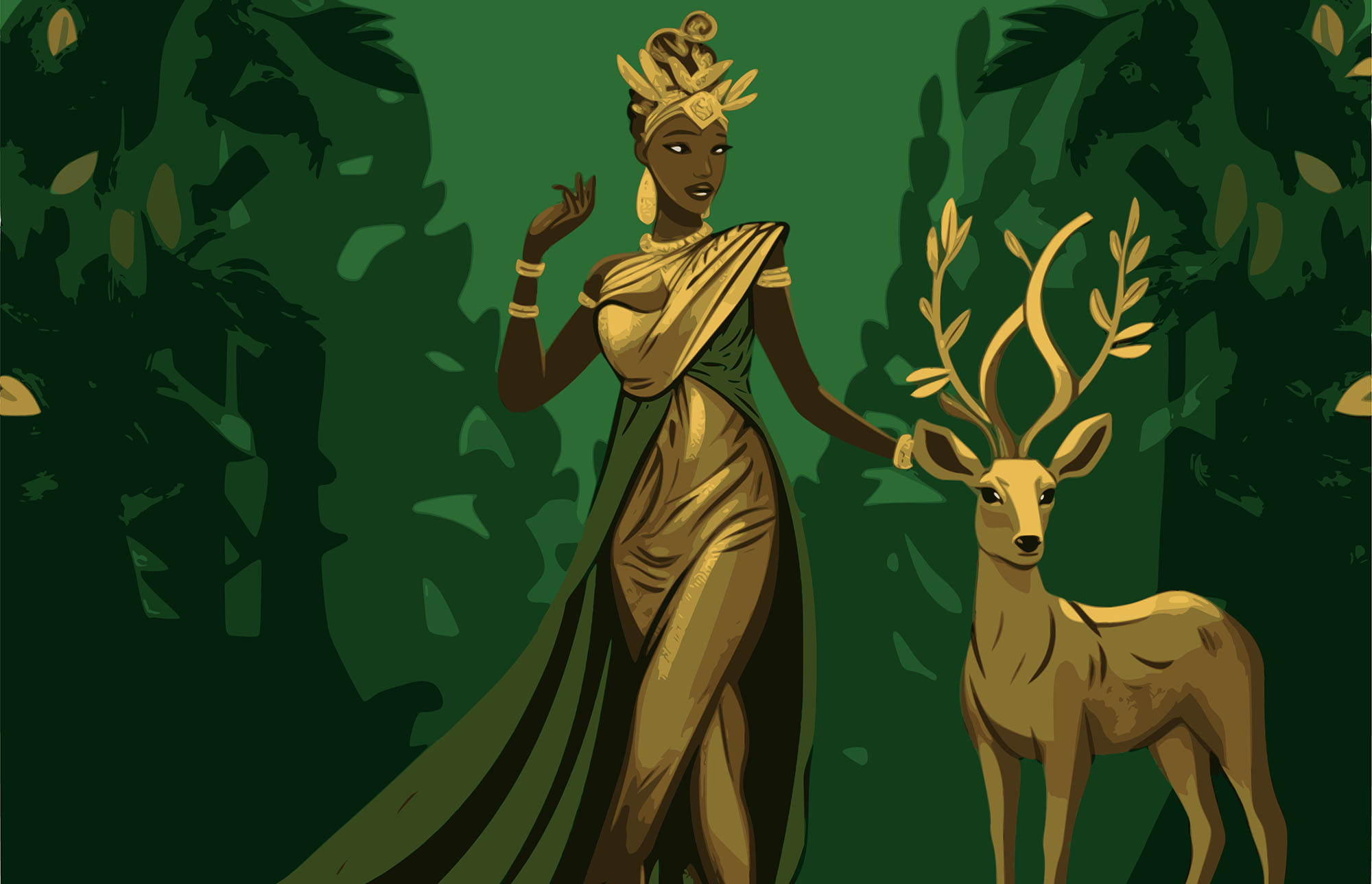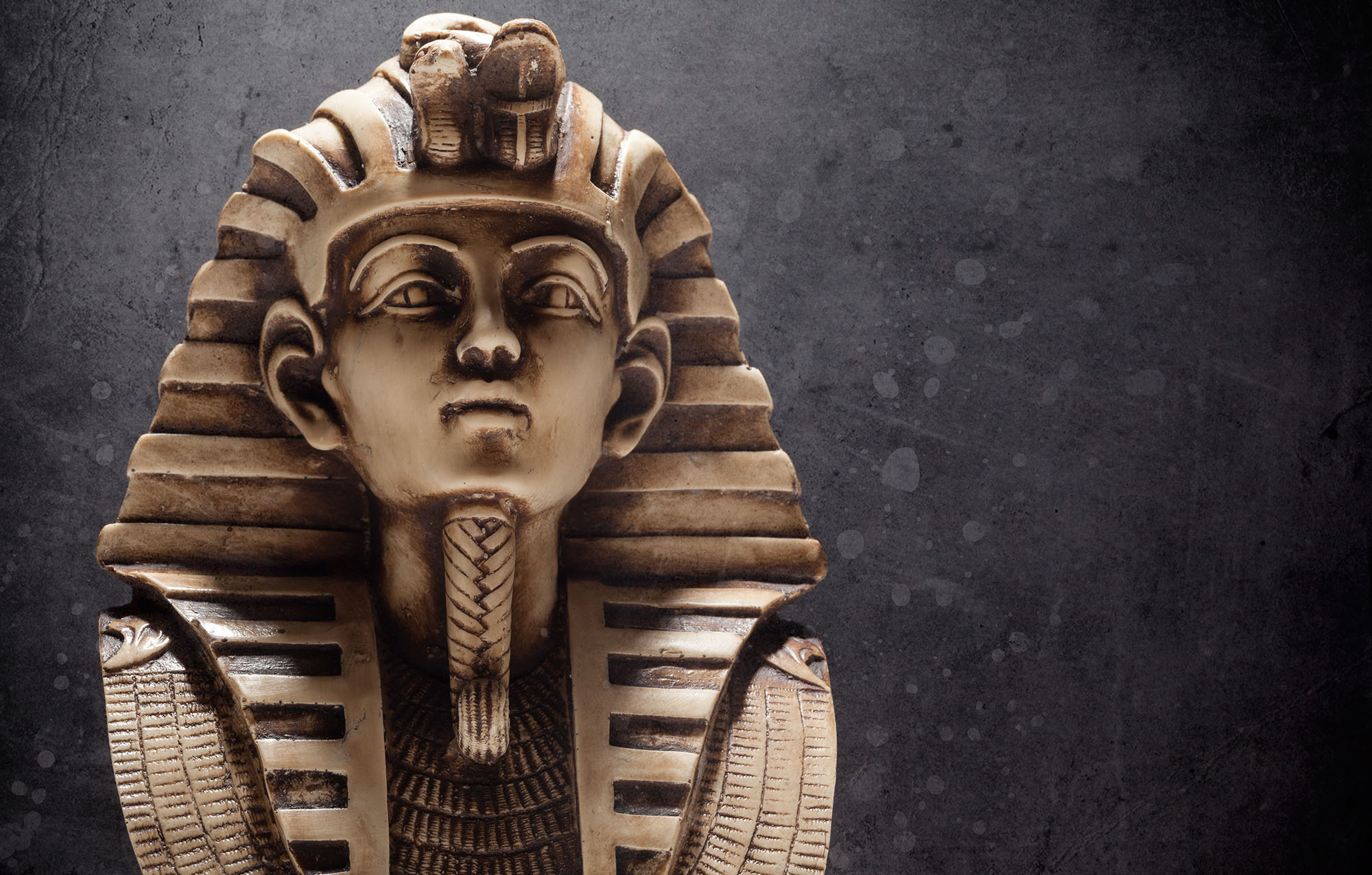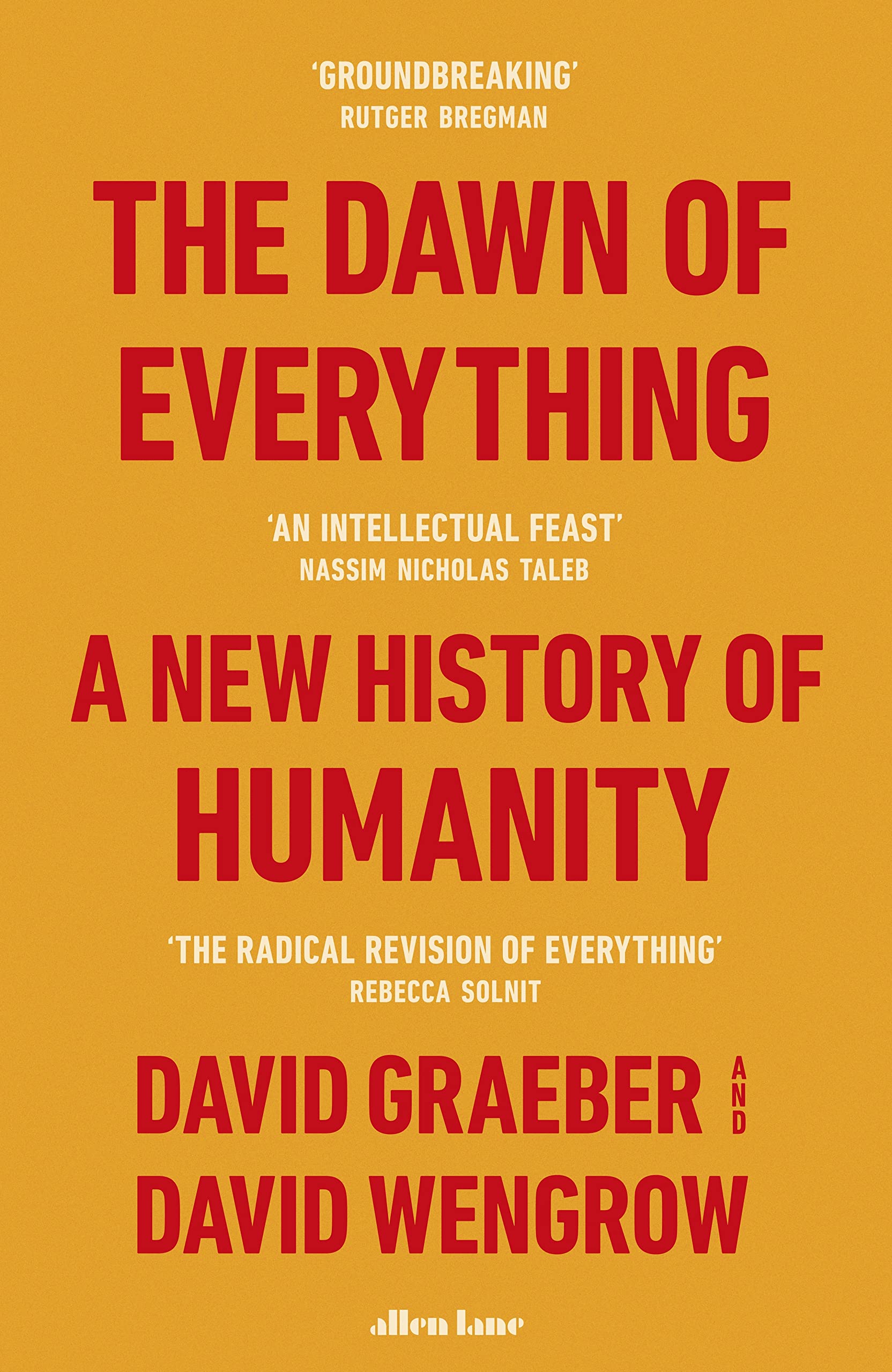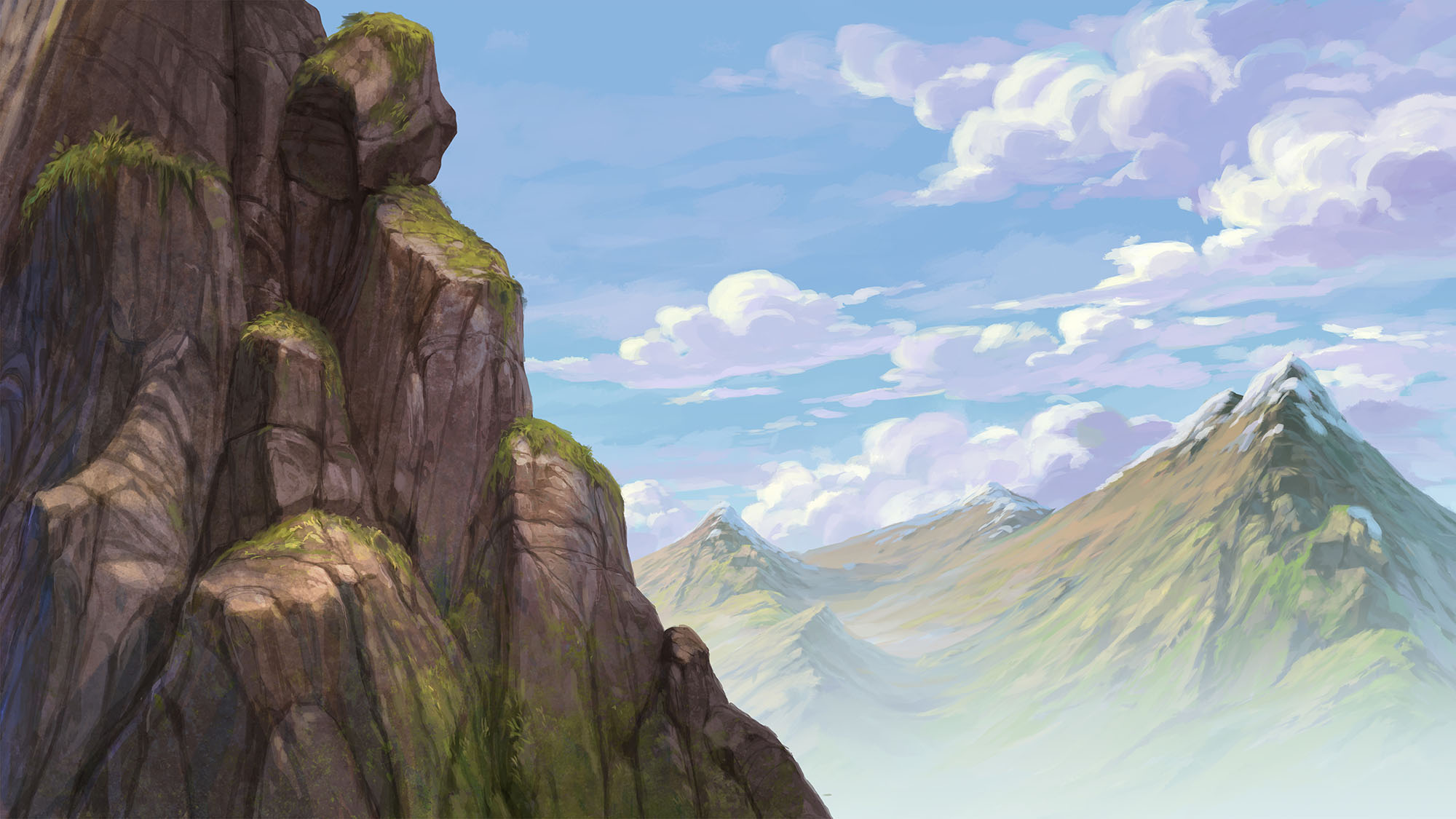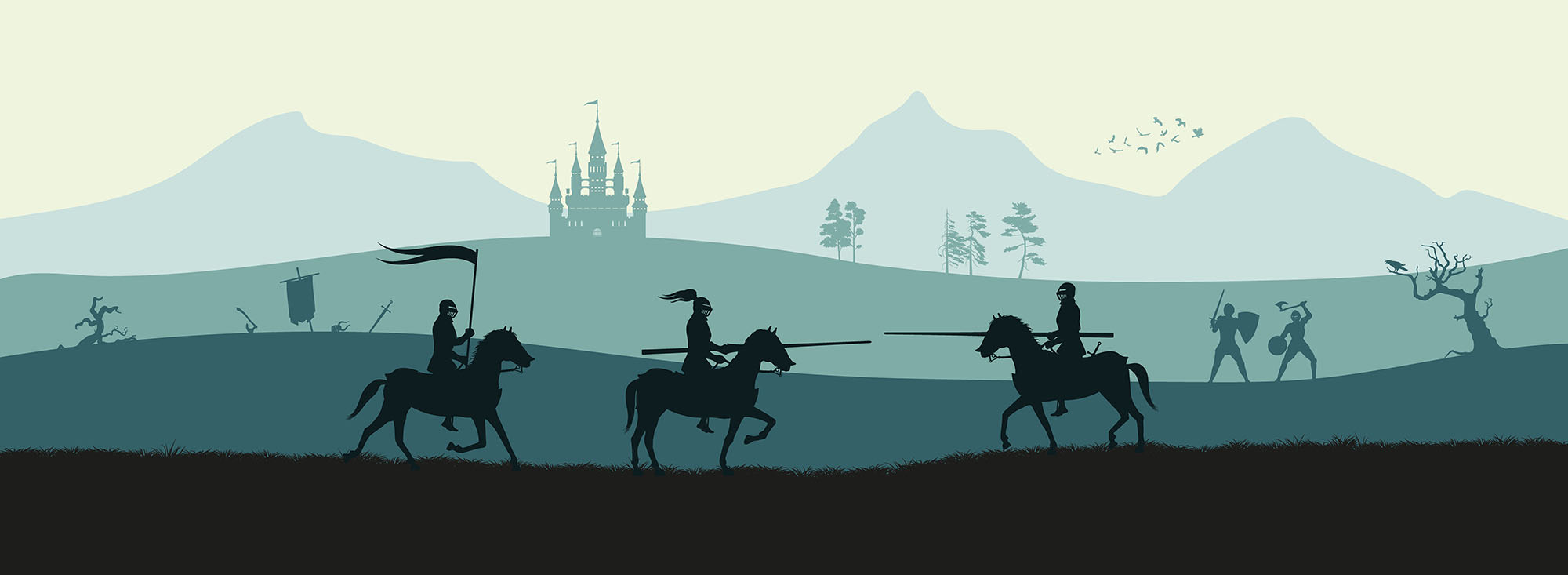
Today we can watch tournaments staged by skilled stuntmen, but the heart of the sport is missing, the intense competition for personal glory: They can never recapture the real enthusiasm of the medieval original, the excitement of spectacle in a world where colour and pageantry were a rarity, the genuine danger of the fighting. The joust and its ideals belong to the glories of the past, to the pages of medieval manuscripts, and above all to the imagination, which alone can recreate these extraordinary festivals.
– Richard Barber, Tournaments
To understand the tournament, you must first understand the medieval world which gave it birth: It was a place of brown, gray, and limited colors. It was a life of eternal toil and struggle. Music beyond folk performance was a rare and precious entertainment. Rich colors and large musical performances were luxuries enjoyed by the elite few.
So it is of little surprise that tournaments – and the festivals which accompanied them – were the most popular of affairs: Events which were anticipated by every level of society, and which drew their audiences from miles away. In contrast to the reality around them, tournaments presented a self-contained world of excitement: A dangerous and skillful sport. Bright colors. Pomp and pageantry.
But tournaments were more than mere crowd-pleasers: They were central events in the lives of the aristocracy. The ideals of the tournament were the ideals of chivalry, and the skills of the tournament were the same skills demanded of the knighthood which stood at the center of the feudal order. Tournaments were political and social events of great importance – and, at times, their stakes were literally matters of life and death.
Considering that tournaments now stand in the public consciousness as one of the most vivid images of medieval life – immortalized in tales from King Arthur to Ivanhoe to A Knight’s Tale – it should come as no surprise that they can play a role in your D&D campaigns. As backdrops for adventure – or as an adventure in themselves – you can bring all the excitement of the tournament to your gaming table.
HISTORY OF THE TOURNAMENT
A number semi-legendary accounts exist of the first tournament: Some say that it was held in the fabled Coliseum before the Emperors of Rome. German chroniclers claimed that it was Henry the Fowler, ruler of the Holy Roman Empire from 918 to 936 AD, who was the first sponsor of the tournament. Still another tale leads us to King Arthur’s court. Perhaps the most believable account ascribes the first tournament to Geoffroi de Purelli (who did, in fact, author the earliest surviving set of tournament guidelines).
Most of these accounts are the result of medieval scholars attempting to fill in a history they did not know. The truth, however, is that pointing to the “first tournament” probably has more to do with drawing a line than finding an innovator.
In short, the tournament evolved out of a variety of primitive arms-training exercises and exhibitions. Perhaps the most important line that can be drawn between the older forms and what would later become known as a tournament was the development of the couched lance as a weapon of war: Mounted knights charging down upon their foes with this braced weapon could wreak havoc previously unimaginable to the medieval mind… but only if they could execute and recover from charges as a coordinated group. As a result, the couched lance led to the rise of new mounted formation tactics. These tactics, in turn, led to the need for group training. Group training led to group practices. And these practices would eventually become the tournament as we recognize it today.
The oldest occurrence of the word “tournament”, however, was not applied to the formal affair of jousting we associate with the term today. Instead, it was applied to the melee: A rough and tumble affair, scarcely removed from actual combat except that its goal was to capture instead of kill. (Captured prisoners would typically be subject to ransom, just as they would be during times of war.) Later, “safe areas” would be introduced as a place for recuperation and socialization during the competition.
In this form, as scarcely more than unregulated brawls, the tournament was often banned by church and king alike – in no small part due to the tendency for any tournament to result in injury and death. Despite these perpetual secular and religious bans, the tournaments continued to be extremely popular, and knights would often travel to other kingdoms in order to escape the bans and compete.
This explosive popularity can be explained, in part, by the symbiotic relationship which arose between the tournaments and the emerging genre of courtly romance fiction. Courtly romance fiction idealized the chivalric virtues, particularly as they were demonstrated at tournaments. As the romances met with success, the popularity of the tournaments grew. And the popularity of the tournaments, in turn, caused the popularity of the romances to grow.
The romances also resulted in the first “superstars” of the tournament world. Tourneyers such as William Marshal (a knight of low birth whose prowess at tournament led him to become Henry III’s Protector of England) were made famous by the tales of their deeds in tournament. At the same time, tourneys became a means by which an unlanded knight could gain wealth without the stigma of trade.
This combination of wealth and prestige soon led to tournaments being given their first degree of respectability: In 1194, England’s Richard I issued a decree which specified five authorized tournament sites in England. The decree also required knights to seek charters in order to start an compete in a tourney. In short, the decree (a) formalized tournaments, (b) imposed a set of reasonable regulations on procedures, and (c) earned the king a new source of income on the fees charged for the charters.
Although not imitated in form (which, coincidentally, meant that England’s tourneys assumed an independent existence from those on the continent at the same time that England’s kings were earning a special renown for their willingness to compete in tourney), the substance of the decree was quickly adopted elsewhere: The continent soon gained a similar measure of respectability and control as a result of the example set by England, and the expectations of the growing romantic and chivalric traditions.
This respectability and regulation, in turn, led to an abandonment of the bans which had dogged the tournament’s history to this point: Most kings had already embraced the sport, while the Church (somewhat pacified by the reduction in fatalities and maimings) knew better than to fight its popularity. By the end of the 13th century, the tournament was a fully integrated part of European life – and its practitioners were not only famous, but powerful. Indeed, when Richard I’s heir – King John – died, he left a minor as king… and William Marshal as regent.
Over the next three centuries, the tournament enjoyed the height of its popularity and success. Its popularity drew larger and larger crowds, and what had once been an informal brawl grew into a formalized and regulated sport – the pastime of nobles and the entertainment of the masses.
Eventually, however, its own success signaled the tournament’s demise. The need to entertain spectators led to greater and greater attendant pageantry, elaborate settings, and heavily developed themes. In time, the tournament was reduced to little more than a staged event or equestrian ballet.
Already in decline, the tournament was finally finished off as the changing nature of warfare rendered it completely obsolete.
HOLDING A TOURNAMENT
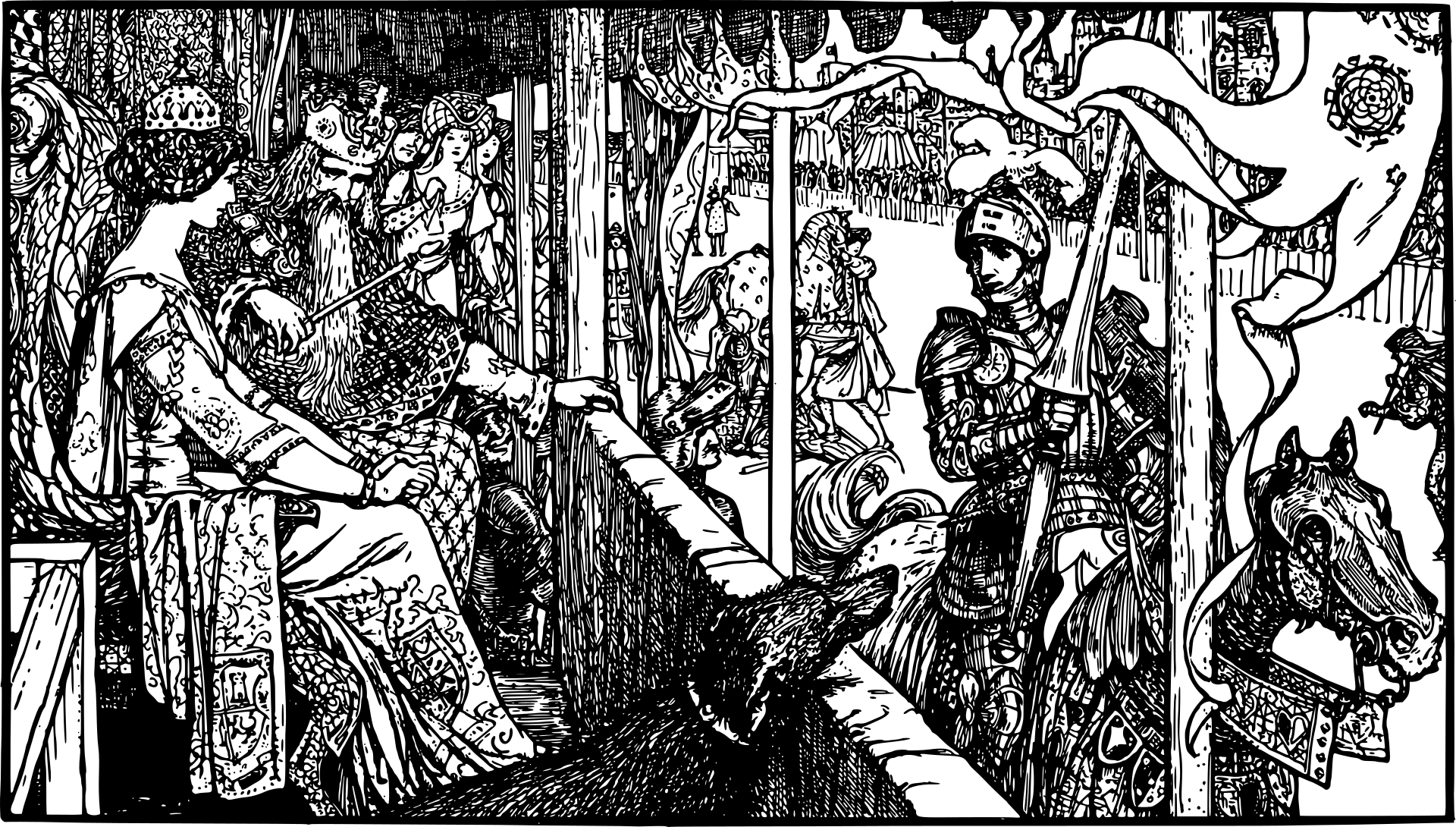
Historically, tournaments were held either by nobles or (more rarely) by the governments of the free cities. This was a matter of simple practicality: These were the only people who could afford the great costs associated with the staging of a tournament. In a fantasy setting, of course, these limitations do not apply: Imagine the tournament which could be staged by a dragon with his horde. Or a celestial might sponsor a competition to find a true hero. A band of famous adventurers might establish a tournament to mark their retirement, funded by years of treasure hunting.
Tournaments were usually held during the afternoon, with the morning spent on ceremony on preparation. Exceptions, of course, were known: Nocturnal jousts, example, were magical affairs of torchlight and shadow. And most tournaments ran more than one day.
The size of a tournament could vary greatly, and the largest were surprisingly massive affairs. When the Black Prince celebrated the birth of his eldest child, for example, the record shows that 154 lords, 706 knights, and more than 18,000 horses participated in the accompanying tournament.
The arrangements for some of the larger tournaments could be a matter of years: Invitations were, literally, sent across the continent. Lists needed to be constructed. Proclamations containing the tournament’s rules needed to be issued and posted. Travel arrangements and lodgings needed to be arranged.
As Celebration: In many ways, a tournament was nothing more than a very large party. And, like a party, it was used as a means of celebration. Tournaments were frequently held to celebrate births, betrothals, marriages, funerals, birthdays, coronations, holidays, victories in war, executions, knightings, and any other occasion meriting note. Tournaments were also frequently held as a way of welcoming important guests. In particular, royal entries (when a king entered a town in his domain) were frequently marked with a tournament. In some cases, the tournament became a celebration of itself. For example, a tounament was often held in honor of the “first joust” of a nobleman’s son.
As Challenge: Tournaments, both formal and informal, naturally lent themselves as a means of challenge. Often these challenges were friendly affairs (although played up with mock drama), simply providing an excuse for the tournament to take place in the first place. In other cases, however, a challenge could be of deadly import. Tournaments were used to judge feuds. “Jousts of War”, using unbated weapons, were sometimes held between hostile countries. Indeed, even during certain sieges, the historical record shows that knights would ride out of the besieged castle, engage in jousts with the attacking forces, and then be allowed to return to the castle.
As Sport: Whether as general competition or martial practice, the tournament was – above all – a form of sport: With spectators, scoring, and prizes. Tournaments associated with festivals were almost always of this type.
Whatever the primary reason for holding a tournament may have been, there were also ancillary benefits to be gained: Nobles who sponsored tournaments gained favor with the crowd, and cities reaped the profits which those crowds brought in attendant trade.
TOURNAMENT EVENTS
Today the terms “tournament” and “joust” are used almost interchangeably, but the reality is that a tournament was actually made up of a wide variety of martial events. In fact, as noted above, the earliest tournaments were held before the sport of jousting was invented.
Melee: The melee was a mass combat. Knights either fought individually or were grouped into two or more teams, depending on the form of the tournament. (Whether or not forming alliances as part of an individual melee was acceptable also depended on the tournament’s form.) In some cases, knights fought with partners. The goal of the melee was to capture other knights, who would be ransomed.
In its earliest form, the melee was essentially a war game. It was fought with a variety of weapons, over a field that could extend for several miles. The boundaries of the field were seldom marked, instead being defined vaguely, usually by a reference to two or more towns – for example, “the tourney to be held between the towns of Teugan and Seinoe”. The only formal limits were the fenced-in areas which served as refuges in which knights could rest or rearm in safety.
In time, the damage and injury wrought by these early melees (crops trampled, roads torn up, knights accidentally killed, etc.), combined with the growing desire to have the proceedings more easily observed by a gathered crowd of spectators, began to curtail the expanse of the event: The field became of a more limited size, whose boundaries were usually marked clearly be a fence. This, in turn, led to a reduction in the number of participating knights, and this usually led to a further refinement in which only a single type of weapon would be used.
In later years, as the size of the field and the number of participants continued to shrink, the melee would evolve into individual competitions such as the duel and jousting.
Jousting: Jousting is the classical tournament event, and eventually became the centerpiece (and sole event) of most tournaments. In its most basic and earliest form, the joust simply involved two mounted knights with couched lances: The knights would charge towards each other in an attempt to knock their opponent off their horse. Each charge was known as a “pass”.
In this early form of the joust, the goal remained the capture of the opposing knight: A dismounted knight would typically draw his sword, and would seek to similarly dismount his opponent. The competition did not end until one of the knights had either yielded or been rendered unconscious.
Over time, refinements were added: The idea of capturing an opponent was quickly abandoned, and the goal became the dismounting itself. Typically a set number of passes would be run, and points scored for various accomplishments (see sidebar, below). This allowed the introduction of the tilt – a wooden bar which ran the length of the field and provided a guide for more successful passes. Eventually counter-barriers were added to either side of the tilt, which helped to prevent horses from veering away from the tilt.
Archery: Archery competitions were typically run by elimination. In the early rounds, the competitors would fire from a set distance, and the least accurate archers would be eliminated from the next round. In the later rounds, as the field narrowed, the distance would be increased. Typically, when the field had been reduced to two or three archers, the competition essentially became a duel, with the distances from the target slowly increasing, and the archers forced to match the accuracy of the other or face elimination.
Duel: Unlike the fencing duels into which it would evolve, tournament dueling was conducted in full armor with combat weaponry (although the swords were sometimes wooden). In some cases the goal was literal subdual – with one knight battering the other to unconsciousness or to yield. More typically, however, the duel was fought to a certain number of “hits”.
Endurance Test: A variety of endurance tests (swimming, climbing, running, etc.) were also common at tournaments before the joust became preeminent. These tests were always run as individual events.
Ponte: In the event of ponte the participants were armed with club and shield, and formed into companies. This was a city-based sport, not a knightly one, and the companies were frequently based on the various districts of the city holding the event. A general combat would then be held, with various means of elimination for the participants. Eventually, two additional forms also evolved: In the mazzascudo the club and shield evolved into a single kite-shaped, pointed shield (also known as a mazzascudo) which was used to both thrust and parry. The battaglia de’sassi added the lanciatori, who threw stones.


